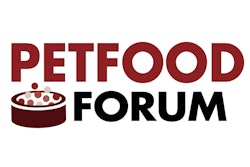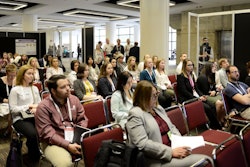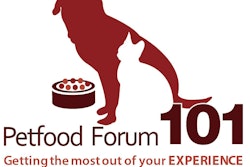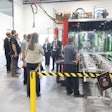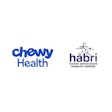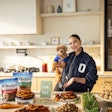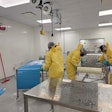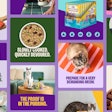The socio-economic impacts of the novel coronavirus pandemic are unprecedented in modern U.S. history and remain unpredictable, but some things are already certain, including economic volatility at a level not seen at least since the Great Recession. While the pet market is famously resistant to recessions, it is not immune, especially in the case of non-medical (non-veterinary) pet care services, as market research firm Packaged Facts rephttps://www.freedoniagroup.com/packaged-factsorts in its upcoming U.S. Pet Market Outlook 2020-2021.
"Non-medical pet care services, a $10 billion sector, will take the hardest short-term blow," according to Packaged Facts research director David Sprinkle. Particularly affected will be pet boarding, which accounts for over a third of the non-medical pet care services sector, and ties in closely to business and leisure travel.
This impact is inevitable at least through Q2 2020 due to travel curtailment and to the cancellation of larger-scale events, and more generally to the recommended and (increasingly) enforced practices of social distancing, staying home, and avoiding non-essential outings and contact with others, to help flatten the curve of the coronavirus pandemic's spread.
Pet walking/sitting and, to a lesser degree, pet grooming services will also be affected. Even assuming a best-case scenario of a sharp but relatively short impact from the coronavirus pandemic, with fiscal countermeasures boosting economic recovery in the second half of 2020, Packaged Facts expects retail revenues for pet boarding to grow only 2% in nominal terms this year, compared with approximately 5% annually in recent years, and with 6% growth in 2020 for pet food and treats.
Assuming this best-case scenario, additionally, a look back at the Great Recession of 2008-2009 is somewhat reassuring in terms of pet industry impacts, especially in the longer-term. In the immediate aftermath of the Great Recession, average household spending on pet products and services fell 5% in 2009 and by 12% in 2010, before rebounding to 4%-5% growth in 2011 and 2012, according to Bureau of Labor Statistics Consumer Expenditures Survey (CES) data.
Throughout the Great Recession, pet ownership rates for dogs and cats—the bedrock for the pet industry—remained solid. Dog ownership rates notched up slightly to 50% of households and then kept advancing, while cat ownership rates maintained their longer-term pattern of hovering in the 25% of households range.
Packaged Facts' ongoing surveys of pet owners further show that they are not quick to the trigger in adjusting their pet product spending. From 2011, when the economy was climbing out the great recession, through 2017, when the Great Recession was comfortably in the rear-view mirror, there was more constancy than fluctuation in the percentage of pet product shoppers who agreed or disagreed that they were "spending less on pet products because of the economy." Over this tracking period, moreover, the share who strongly disagreed that they were spending less outweighed the share who strongly agreed.
For pet owners, as with U.S. consumers in general, economizing involves tactical shopping behaviors including trading down across channels and brands, shopping multiple channels for bargains, and increased usage of coupons and private labels. While these behaviors tend to suppress the price points paid, Packaged Facts reports that the premiumization of pet products in this age of the "pet parent" has often meant getting better deals on better products, rather than paying less for absolute essentials.



